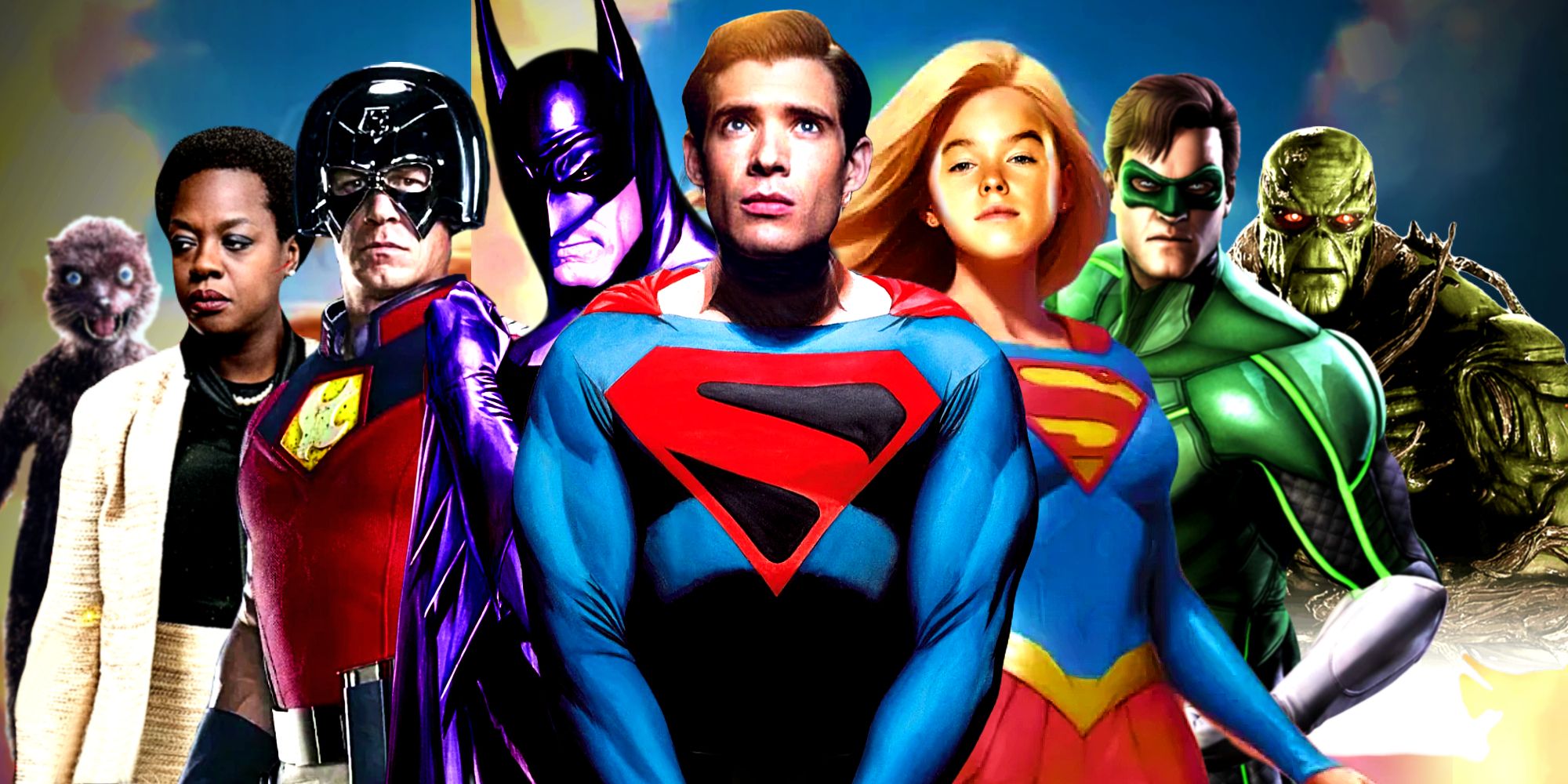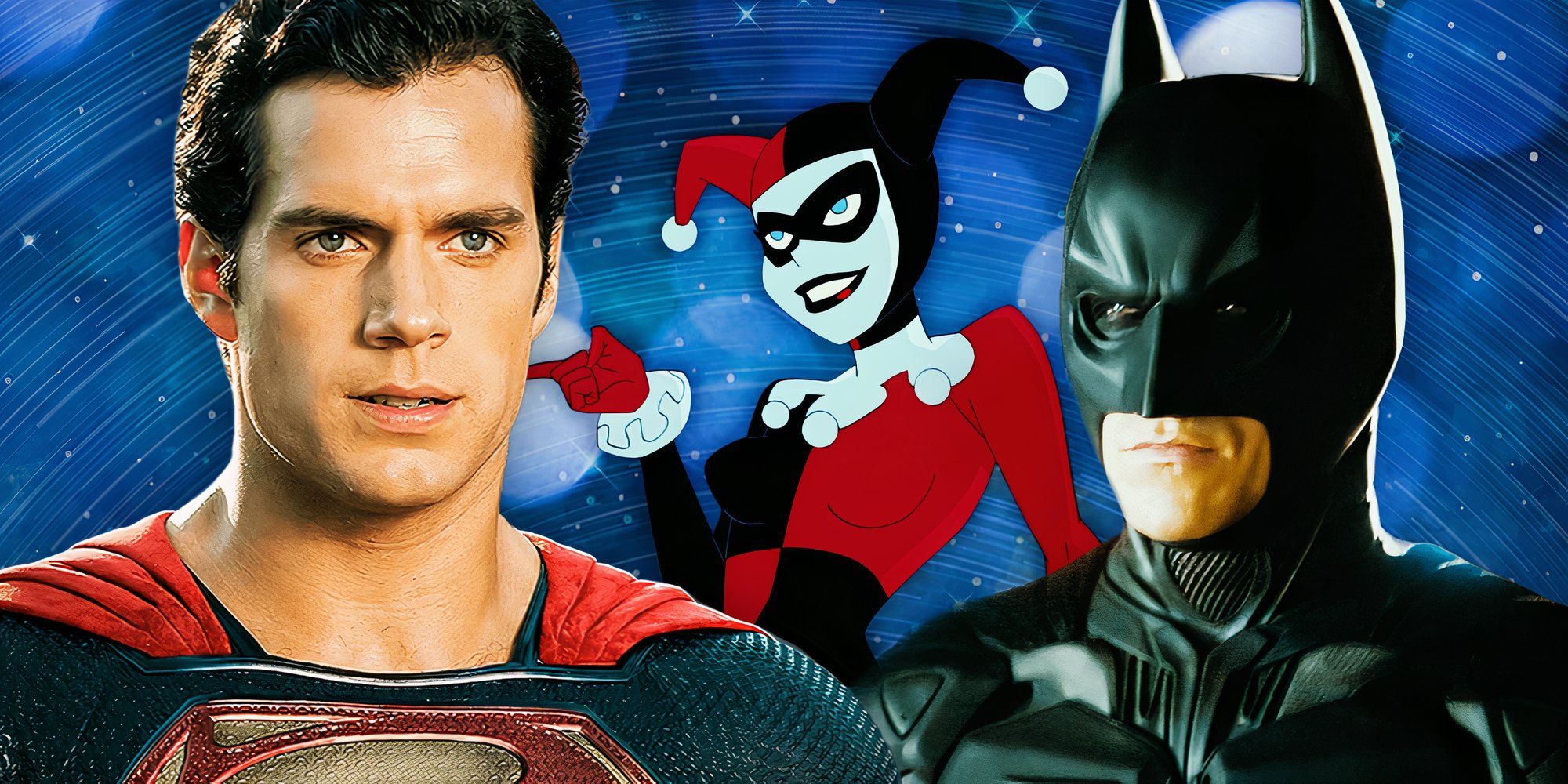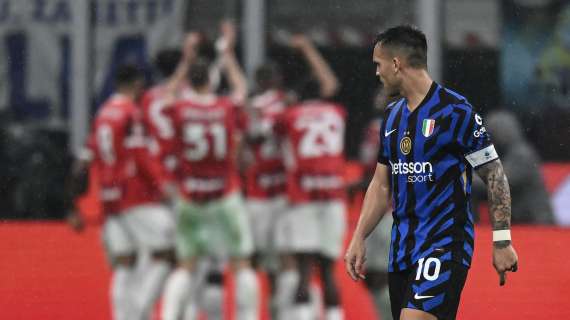Some extremely important DC movie events occurred between movies rather than explicitly on-screen. DC’s movie history is filled with cinematic ambition, sprawling narratives, and iconic characters. As Warner Bros. attempted to build a cohesive cinematic universe, key moments were often referenced but never shown, leaving audiences piecing together crucial plot developments through dialogue and context clues. Whether due to production changes, directorial shifts, or storytelling shortcuts, many major events occurred off-screen, robbing the best DCU movies of the emotional or narrative weight they might have carried.
Films like Batman v Superman: Dawn of Justice, Justice League, and Birds of Prey hinted at larger developments without ever showing them, creating a sense of a bigger world that was never fully realized. Some of these moments were originally planned for spin-offs or prequels that never happened. Others were casualties of re-edits and reshoots. Regardless of the reasons, they left a patchwork universe with rich backstories that audiences could only imagine, rather than experience firsthand.
10
Joker Kills The DCEU’s Robin
Before Batman V Superman
One of the darkest implications in Batman v Superman: Dawn of Justice comes in a brief shot of a defaced Robin suit displayed in the Batcave. The suit, vandalized with graffiti reading “HAHAHA Joke’s on you, Batman,” is never explained in the film but heavily implies the Joker murdered Batman’s young protégé. Zack Snyder later confirmed this was the DCEU’s version of Jason Todd’s tragic end, a major moment lifted straight from the comics.
Related
10 Lessons The DC Universe Needs To Learn From DC’s Best Animated Shows
The DC Universe would be wise to look back at DC’s most triumphant animated series, which often boast a far greater legacy the live-action movies.
However, this shocking event was never shown on screen during the DCEU. It remained a haunting visual reference, hinting at Batman’s emotional scars and his descent into brutality. The Joker’s actions shaped Bruce Wayne’s cynical worldview, influencing his paranoia and harsh tactics. Still, audiences were deprived of seeing the event’s emotional depth or the toll it took on both Bruce and Gotham.
9
Lex Luthor Escapes Arkham Asylum
During Justice League
At the end of Batman v Superman: Dawn of Justice, Lex Luthor is arrested after his manipulations lead to the death of Superman and a monster-level crisis in Metropolis. The final scenes show him being confronted in prison by Batman, who threatens to keep a close eye on him. Fast-forward to Justice League, and it’s revealed that Luthor has escaped Arkham Asylum – but the actual escape is never shown.
In a brief scene, the guards realize the man in Luthor’s cell is a decoy, grinning maniacally, as the real Lex is already free. While the moment cleverly showcases Lex’s strategic brilliance, it skips over what could’ve been a thrilling breakout sequence. The audience is left to ignore the specifics and simply accept the development. For such a high-profile character and event, the escape remains one of the DCEU’s most curious and glaring off-screen mysteries.
8
Lex Luthor First Communicates With Deathstroke
During Justice League
The Justice League post-credits scene where Lex Luthor invites Slade Wilson aboard his yacht is iconic – but it skips over a crucial detail: how they first made contact. Lex and Deathstroke sharing screen time teases the formation of a future Injustice League or Legion of Doom, but we never see how their alliance begins. It’s unclear what communication has occurred up to this point to make Deathstroke seek Luthor.

Related
DCU Chapter One Gods And Monsters: Every Movie & Show In The New DC Universe
James Gunn and Peter Safran’s DC Universe begins with six movies and six shows that open the DCU’s first chapter, “Gods and Monsters”.
These unanswered questions stem from the fact that their relationship is simply presented as already established. In a universe craving more character depth and backstory, especially for a fan-favorite like Deathstroke, this off-screen development is a major missed opportunity. It reduces their dynamic to a cliffhanger rather than a fleshed-out team-up, and while visually stylish, the scene lacks the emotional or strategic context that could have elevated it from teaser to turning point.
7
Joker And Harley Quinn Break Up
Before Birds Of Prey
By the time Birds of Prey begins, Harley Quinn is already navigating Gotham solo, reeling from her breakup with the Joker. The film’s animated prologue offers a quick, stylized recap of their romance and abrupt split, but it lacks emotional gravity. Considering their twisted relationship was a central focus of Suicide Squad, the decision to end it off-screen was surprising.
Margot Robbie’s Harley is given more depth and independence in Birds of Prey, but the lack of closure regarding her toxic bond with Mr. J left many viewers wanting more. The fallout between two of DC’s most chaotic characters could have been a dramatic and powerful moment, shedding light on Harley’s evolution. Instead, the film picks up mid-transition, leaving audiences to fill in the blanks of a breakup that should have been a defining chapter in both characters’ arcs.
6
Wayne Manor’s Destruction
Before Batman V Superman
In Batman v Superman: Dawn of Justice, Bruce Wayne operates out of a sleek lakeside glass house instead of the traditional Wayne Manor. When the mansion finally appears on-screen, it’s a burnt-out husk. There’s no mention of when or how the destruction occurred – just a visual of its crumbling remains. This major event in Batman’s timeline is left entirely unexplored.

Related
10 Important DC Movie Events That Already Happened Years Earlier In DC’s Animated Shows
The most iconic events from DC’s movie history were adapted years earlier as part of DC’s animated universe, laying the groundwork for live-action.
Audiences speculated whether it was the Joker, a personal tragedy, or even an inside job that led to the fire. Zack Snyder never confirmed its origins in detail, only acknowledging that the manor was destroyed years earlier. For such an iconic location in the Batman mythos, its fall should have been a defining cinematic moment. Instead, it’s used as a symbol of Bruce’s broken past and isolation, perhaps tied to the death of Robin or another personal loss.
5
Bruce Wayne And Vicki Vale Break Up
Batman Returns
One of the most jarring continuity shifts in Tim Burton’s Batman Returns is the complete absence of Vicki Vale, Bruce Wayne’s love interest from the 1989 Batman. Despite being a major character, played by Kim Basinger, Vicki is only briefly mentioned in the sequel, with Alfred casually referencing that she couldn’t handle Bruce’s “dual life.” That’s all viewers get. Their breakup – a pivotal personal event for Bruce – is never shown, discussed in depth, or emotionally unpacked.
It’s a glaring off-screen development, especially given how strongly their relationship was emphasized in the previous film. The omission speaks to the standalone nature of early Batman films, which didn’t prioritize continuity the way modern franchises do. Still, for viewers invested in Bruce’s emotional arc, Vicki’s abrupt disappearance left a notable gap in Batman Returns which abandoned an iconic love-interest.
4
Batman’s Early Career
Before Batman V Superman
By the time we meet Bruce Wayne in Batman v Superman: Dawn of Justice, he’s a grizzled veteran of Gotham’s war on crime. He’s been operating for over 20 years, and the film assumes viewers are already familiar with his legacy. However, the actual events of Batman’s early career – his first night out, his first major villains, his rise from myth to legend – are all left off-screen.

Related
I’m Still Sad We Never Got To See These 12 Abandoned Comic Book Movies
Both Marvel and DC nearly made some truly dynamic and promising superhero movies before completely abandoned them, much to my disappointment.
Instead of showing Bruce’s evolution into the Dark Knight, the DCEU skips to the aftermath: a bitter, world-weary figure shaped by unseen tragedy. There are hints of past trauma, like the loss of Robin and a broken moral code, but none of it is shown. While this decision allowed Zack Snyder to present a fresh take on Batman without retreading origin territory, it also robbed audiences of emotional context.
3
Peacemaker Fights Kite-Man
The Suicide Squad
James Gunn’s The Suicide Squad introduces audiences to Peacemaker as a ruthless, nationalistic killer who claims he’d murder anyone for peace – including men, women, and children. His solo series Peacemaker revealed more of his backstory, including a hilarious reference to a past conflict with the D-list villain Kite-Man. The line is brief, absurd, and completely unelaborated. While obviously meant as a joke, it teases a colorful and chaotic prequel-style adventure that audiences never got to see.
A confrontation between the overly serious Peacemaker and a kite-riding goofball like Kite-Man practically writes itself as a dark comedy. Unfortunately, this bizarre battle is relegated to off-screen lore. It’s a perfect example of how the DCEU is filled with off-screen gems that could’ve been fan favorites if brought to life. One day, maybe Kite-Man will finally get his live-action moment.
2
Wonder Woman’s Actions Between WW1 and 1984
Wonder Woman 1984
In Wonder Woman, Diana fights in World War I and then largely disappears from the world stage until the 1980s in Wonder Woman 1984. This 66-year gap is barely explored, despite it being a period filled with global upheaval, wars, and technological leaps. Diana’s absence from history is only lightly touched on, with Wonder Woman 1984 suggesting she stayed in the shadows, helping people quietly while grieving Steve Trevor.
However, that explanation feels hollow for a demigoddess and warrior with a strong moral compass. Supposedly lying low throughout the Second World War and the Cold War feels counter to her essential characterization. The lack of narrative around this massive timeline gap leaves a frustrating void. Audiences were eager to see Wonder Woman interacting with 20th-century events and evolving through them. Yet the time-leap and lack of detail is frustrating.
1
Batman Brings Peace To Gotham And Retires
Before The Flash
When The Flash reintroduces Michael Keaton’s Bruce Wayne, he’s no longer Batman. Barry Allen finds him living a quiet, reclusive life in Wayne Manor, having retired long ago. The reason being that Gotham no longer needs Batman. The idea that Bruce brought lasting peace to Gotham, something no version of Batman has ever achieved, is monumental. Yet the film breezes past it with a few lines of exposition.
There’s no flashback, no emotional resolution, and no hint of what exactly Batman did to finally cleanse Gotham of crime. For longtime fans of Keaton’s Batman, this feels like a major oversight. His final victory, his greatest accomplishment, is never shown. It would’ve been powerful to witness Gotham’s transformation or Bruce’s final mission. Instead, the most optimistic ending for Batman is treated as a footnote, leaving audiences to imagine what could have been a triumphant swan song for the DC icon.


